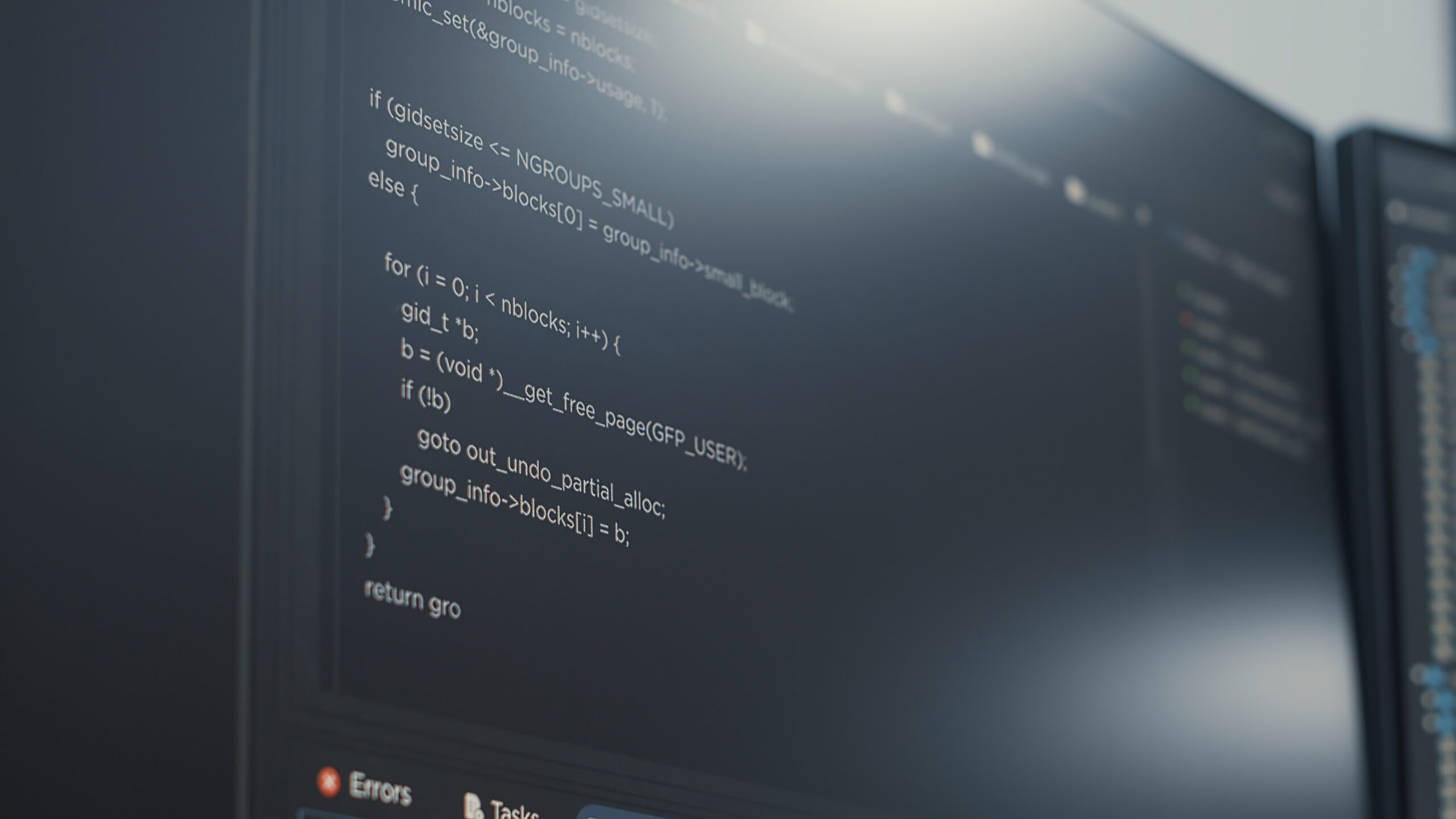You might be required to have an in-depth knowledge of Java’s more complex concepts as a senior Java developer. You might be asked a variety of difficult questions during an interview to gauge your familiarity with subjects like multithreading, collections, and design patterns. You might be questioned about the distinctions between an ArrayList and LinkedList or how to address concurrency problems in a multithreaded programme, for instance.
Additionally, you can be expected to understand how to develop scalable and maintainable software architectures and how to optimise the performance of programmes. Additionally, you can be questioned about the ideal methods for handling exceptions and recording errors, as well as how to leverage well-liked Java frameworks like Spring and Hibernate.
Scope of the article
- We will read a short introduction briefly explaining the purpose of the article and why these interview questions are important for senior Java developers.
- We will also read a brief on advanced java topics.
- We will also read detailed explanations and example codes for each of the following 12 interview questions.
Introduction
Java is one of the most popular programming languages, widely used in enterprise applications, web development, mobile applications, and many more. For senior Java developers, the job interview process can be challenging as they are expected to have a deep understanding of advanced Java concepts and their practical applications.

To ace an interview, senior Java developers must be well-prepared to answer complex questions related to multithreading, data structures, performance optimization, design patterns, and more.
In this article, we will explore 12 advanced Java interview questions that senior developers may encounter in their job interviews, along with detailed explanations to help you understand the concepts better. These questions will not only help you prepare for your next job interview but also help you enhance your Java programming skills.
12 Advanced Java Interview Questions For Senior Developers
- How do Java’s composition and inheritance vary from one another?
Java uses inheritance as a tool to allow classes to inherit the methods and attributes of other classes. This is accomplished by adding a new subclass to the base class. Contrarily, composition is a technique for fusing various objects or data kinds to create more intricate structures. Composition is performed by incorporating a field or instance variable from one class into another.
|
1 2 3 4 5 6 7 8 9 10 11 12 13 14 15 16 17 18 19 20 21 22 23 24 25 26 27 |
<span style="font-family: georgia, palatino, serif;">class Animal { String name; int age; public Animal(String name, int age) { this.name = name; this.age = age; } public void eat() { System.out.println("I am eating"); } } class Dog extends Animal { String breed; public Dog(String name, int age, String breed) { super(name, age); this.breed = breed; } public void bark() { System.out.println("Woof!"); } } </span> |
To run or compile these kind of programs, you can use this online Java compiler.
- What distinguishes a Java checked exception from an unchecked exception?
Checked and unchecked exceptions are both available in Java. Checked exceptions are compared to unchecked exceptions at compile time, which is the primary distinction between them.
Checked exceptions are the exceptions that are checked by the compiler to ensure that they are handled properly. This means that if a method throws a checked exception, it must either catch the exception or declare that it throws the exception, otherwise, the code will not compile.
Examples of checked exceptions include IOException, ClassNotFoundException, and SQLException.
3. Explain the principles of SOLID (Single Responsibility, Open/Closed, Liskov Substitution, Interface Segregation, Dependency Inversion) and how they can be applied in Java development?
For producing maintainable code, Java developers should follow the SOLID principles. The Single Responsibility Principle (SRP) promotes the idea that classes should have a single goal.
According to the Open/Closed Principle (OCP), entities should be closed to alteration yet open to extension. Subclasses should be interchangeable with their parent classes, according to the Liskov Substitution Principle (LSP).
Small, targeted interfaces are encouraged by the ISP (Interface Segregation Principle). Dependency injection and abstraction are encouraged by the Dependency Inversion Principle (DIP). Developers can produce modular, adaptable, and loosely linked code by following SRP, OCP, LSP, ISP, and DIP. This enhances the maintainability and scalability of Java applications.
4. Explain the difference between an abstract class and an interface in Java.
An abstract class and an interface are two important concepts in Java that allow for abstraction, but there are some key differences between them.
- Definition: An abstract class is a class that cannot be instantiated on its own and is meant to be subclassed. An interface, on the other hand, is a contract that defines a set of methods that a class must implement.
- Implementation: An abstract class is capable of implementing both abstract and non-abstract methods, as well as both types of methods. Any class that implements an interface must implement all of the interface’s abstract methods.
- Inheritance: A class can implement numerous interfaces but can only extend one abstract class due to inheritance.
- Accessibility: Unlike an interface, an abstract class can have private, protected, and public methods as well as public variables.
- Constructor: An abstract class can have a constructor, and can be overloaded while an interface cannot.
5. What is the difference between checked and unchecked exceptions in Java?
Answer: Java has two types of exceptions: checked and unchecked exceptions.
Checked exceptions are checked by the compiler at compile-time. These exceptions must be either caught or declared in the method signature using the “throws” keyword. Examples of checked exceptions include FileNotFoundException and IOException.
Unchecked exceptions are not checked by the compiler at compile time. These exceptions occur at runtime and can be avoided by good programming practices. Examples of unchecked exceptions include NullPointerException and ArrayIndexOutOfBoundsException.
Inheritance: All checked exceptions are subclasses of the Exception class, while unchecked exceptions are subclasses of the RuntimeException class.
Handling: Checked exceptions must be handled by either catching the exception or declaring the exception in the method signature using the “throws” keyword. Unchecked exceptions can be caught, but it is not required, and they do not need to be declared in the method signature.
|
1 2 3 4 5 6 7 8 9 10 11 12 13 |
<span style="font-family: georgia, palatino, serif;">import java.io.*; public class Main { public static void main(String[] args) { try { File file = new File("test.txt"); FileReader fr = new FileReader(file); } catch (FileNotFoundException e) { System.out.println("File not found"); } } } </span> |
|
1 2 3 4 5 6 7 |
<span style="font-family: georgia, palatino, serif;">public class Main { public static void main(String[] args) { int[] arr = {1, 2, 3}; System.out.println(arr[3]); // throws ArrayIndexOutOfBoundsException } } </span> |
6. Explain the concept of Java Classloaders and how they contribute to the Java runtime environment.
Java Classloaders are responsible for dynamically loading classes into the JVM at runtime. They form a hierarchical structure, including the Bootstrap, Extensions, and Application Classloaders.
Custom Classloaders extend the default behavior and allow dynamic loading, plugin systems, application isolation, and security implementations. They can be created by extending the ClassLoader class and overriding the findClass method to load class bytecode from a specific source. Custom Classloaders enhance modularity, security, and runtime extensibility in Java applications, enabling dynamic class loading and isolation of components.
7. Describe the Java Virtual Machine (JVM) and its components. How does the JVM execute Java bytecode ?
The runtime environment in which Java programmes are run is known as the Java Virtual Machine (JVM). It acts as a bridge between the host operating system and the Java bytecode that has been compiled. Platform independence, memory management, and a number of runtime services are all provided by the JVM.
The JVM is made up of numerous important parts. Resources and classes must be loaded into memory by the Class Loader. Memory allocation and trash collection are handled by the memory manager.
The bytecode is interpreted and run by the Execution Engine. Interacting with native code is possible thanks to the Java Native Interface (JNI).
The JVM goes through the following three steps when running Java bytecode: 1) Loading: The relevant class files are located and loaded into memory by the class loader.
2) Verification: The bytecode is examined for structural integrity and security. 3) Execution: Using the runtime data regions and services offered by the JVM, the bytecode is interpreted or translated into machine code before being executed by the JVM’s execution engine.
- What is the purpose of the finalize() method in Java?
The finalize() method is a method that is called by the garbage collector when an object is about to be destroyed. The purpose of the finalize() method is to perform any necessary cleanup operations before the object is garbage collected.
- What distinguishes Java’s HashMap from ConcurrentHashMap?
Java uses both HashMap and ConcurrentHashMap to hold key-value pairs. ConcurrentHashMap, on the other hand, can be utilised in a multi-threaded context without the requirement for external synchronisation because it is created to be thread-safe.
If utilised in a multi-threaded setting, HashMap is not thread-safe and may result in race situations.
- Explain the Java memory model and the distinctions between heap and stack memory. How does Java’s garbage collection function?
When a programme is running, the Java Virtual Machine (JVM) manages and arranges memory according to the Java memory model. The stack and the heap are its two fundamental components.
Local variables and method call data are kept on the stack memory. In a Java programme, each thread has its own stack, which is set up as a stack data structure.
A new frame is constructed on the stack when a method is called to hold local variables, method parameters, and return addresses. The stack operates according to the Last-In-First-Out (LIFO) principle and can usually be accessed more quickly than heap memory.
Objects and their instance variables are kept in heap memory. In a Java program, it is shared by all threads. Using the new keyword, objects are dynamically allocated on the heap, and the JVM controls their memory usage.
The young generation (Eden space, Survivor space), the middle generation (Tenured space), and the elderly generation are all grouped together in the heap memory. Reclaiming unused memory from the heap is the job of the garbage collector.
In Java, memory management is carried out automatically through garbage collection. It entails locating and retrieving items that are out of reach in order to release the memory they occupied. The garbage collector of the JVM does this duty by employing a variety of methods, including generational collection, copy, and mark-and-sweep.
During garbage collection, the JVM marks objects that are still in use by traversing the object graph starting from root objects (e.g., local variables, static variables).
Any objects that are not marked are considered unreachable and eligible for garbage collection. The garbage collector then reclaims the memory occupied by these unreachable objects, making it available for future allocations.
- What does the Java Reflection API do? Describe a situation from the actual world where you would apply it.
The Java Reflection API is designed to give programmers a way to examine or alter the behaviour of classes, interfaces, methods, and fields even when those elements’ names are unknown in advance.
It allows programmers to dynamically execute methods, explore and manage a class’s internal structure, and access otherwise inaccessible features.
When creating frameworks or libraries that need dynamic behaviour or dependency injection, the Java Reflection API may be helpful. Think of a dependency injection system as an illustration, where objects are created and linked based on configuration files.
To inspect the settings, identify the classes that must be instantiated, and create dynamically dependant objects, use the reflection API.
- Describe what Java annotations are and how they work and provide examples of built-in and custom annotations that you have used in your projects.
Annotations are a type of metadata that can be added to code elements including classes, methods, fields, and arguments in the Java programming language.
They give the compiler, runtime, or other tools further details or instructions about how the code should be handled or behave.
Annotations are defined using the @interface keyword.
Built-in Java annotations include @Override, which indicates that a method is intended to override a superclass method, @Deprecated, which marks a class, method, or field as deprecated and encourages developers to use alternative options, and @SuppressWarnings, which suppresses compiler warnings for a specific code element.
In addition to built-in annotations, custom annotations can be created to define application-specific metadata.
For example, in a web application framework, you might create a custom @RequestMapping annotation to map a method to a specific URL endpoint, or a @Transactional annotation to mark a method as participating in a transaction.
In my projects, I have used custom annotations for various purposes. One example is a custom @AuditLog annotation used to annotate methods that require auditing.
This annotation triggers a logging mechanism to capture important information about the method invocation. Another example is a custom @Retryable annotation used to annotate methods that need to be retried in case of failures, with configurable retry logic and policies.
Conclusion
In conclusion, these 12 advanced Java interview questions for senior developers cover a range of topics such as inheritance and composition, the final keyword, reflection, serialization, recursion, Java streams, and lambda expressions.
These questions are useful for software developers, even helpful for those who are freshers and have completed courses on web development, computer science, full stack web development, etc.
These are all important concepts for experienced Java developers in full stack, software development to know and understand in order to write efficient, maintainable, and scalable code. Being able to confidently answer these questions can help senior developers demonstrate their skills and expertise in Java programming during job interviews.
 Learn Java Java Tutoring is a resource blog on java focused mostly on beginners to learn Java in the simplest way without much effort you can access unlimited programs, interview questions, examples
Learn Java Java Tutoring is a resource blog on java focused mostly on beginners to learn Java in the simplest way without much effort you can access unlimited programs, interview questions, examples




